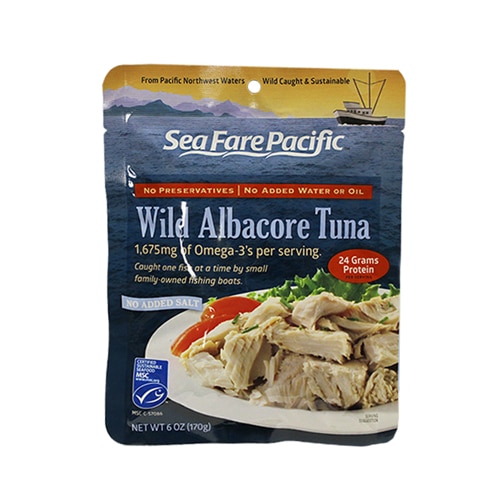Looking for an extra edge in the battle to keep the coronavirus at bay? Start by putting down the salt shaker.
A new study says consuming too much sodium can weaken your immune system. That’s important to know, because a healthy immune system is crucial to keeping illnesses -- including the COVID-19 virus -- from causing serious damage to your health.
Researchers at the University of Bonn in Germany found that mice that consume high levels of salt suffer more severe bacterial infections.
The bad news is not limited to rodents. Human study subjects who agreed to consume 6 grams per day of additional sodium also displayed significant immune deficiencies.
After a week on such a diet, blood samples from the volunteers showed that their immune cells performed less effectively when fighting bacteria.
Health experts have known for a long time that consuming too much sodium can have consequences. Symptoms and conditions associated with high sodium intake include:
- Headaches
- Heart problems
- High blood pressure
- Kidney stones
- Osteoporosis
- Stomach cancer
- Stroke
How to lower your sodium intake
Most Americans -- a full 90% -- consume too much sodium, according to the Centers for Disease Control and Prevention. And the problem has gotten markedly worse since the 1970s.
While the CDC says adults should consume less than 2,300 milligrams of sodium daily, the average American takes in more than 3,400 milligrams.
Dietary choices are largely responsible for this excessive sodium consumption, says Amy Gorin, a registered dietitian in the New York City area.
"Americans take in a lot of their sodium intake through processed and restaurant foods," she says.
One of the best ways to reduce high levels of sodium is to make your own meals from scratch. When making meals at home, look for substitutes for sodium.
"I love spices for adding flavor to dishes," Gorin says. "I put freshly ground black pepper on most of my savory dishes, such as in my chopped salad recipe."
Crushed red pepper and garlic powder are other good spices that can help you lower sodium intake. Or, add a drizzle of lemon juice for added flavor.
"I often sauté vegetables in low-sodium vegetable broth so that they soak up some flavor, but the sodium content isn’t too high," Gorin says.
When buying foods such as canned goods or frozen meals, look for versions that are marked "reduced sodium" or "low sodium."
"You can even find no-salt-added versions of certain canned goods, like chickpeas," Gorin says.
Keeping restaurant meals low in sodium
Restaurant meals are notorious for their high sodium content. That is especially true at fast-food restaurants, but many types of eateries go overboard on the salt.
If you still want to enjoy the occasional restaurant meal, take steps to lower the sodium you consume with the meal.
For example, the CDC notes that many chain restaurants include nutritional information alongside entrées listed on menus. So, look for lower-sodium options.
Also, ask your server to request modifications to your meal. "You can ask the chef to go light on added salt," Gorin says.
Sodium often lurks in restaurant fare where you wouldn’t expect it – such as in sauces and gravies.
“Ask for low-sodium soy sauce, as well as for sauces on the side so you can add minimal amounts,” Gorin says.
Finally, the CDC reminds you that the less food you eat, the lower your sodium intake will be. So, consider asking your server to bring out half your meal, but to leave the other half in the kitchen to be brought to you in a doggy bag at the end of the meal.




